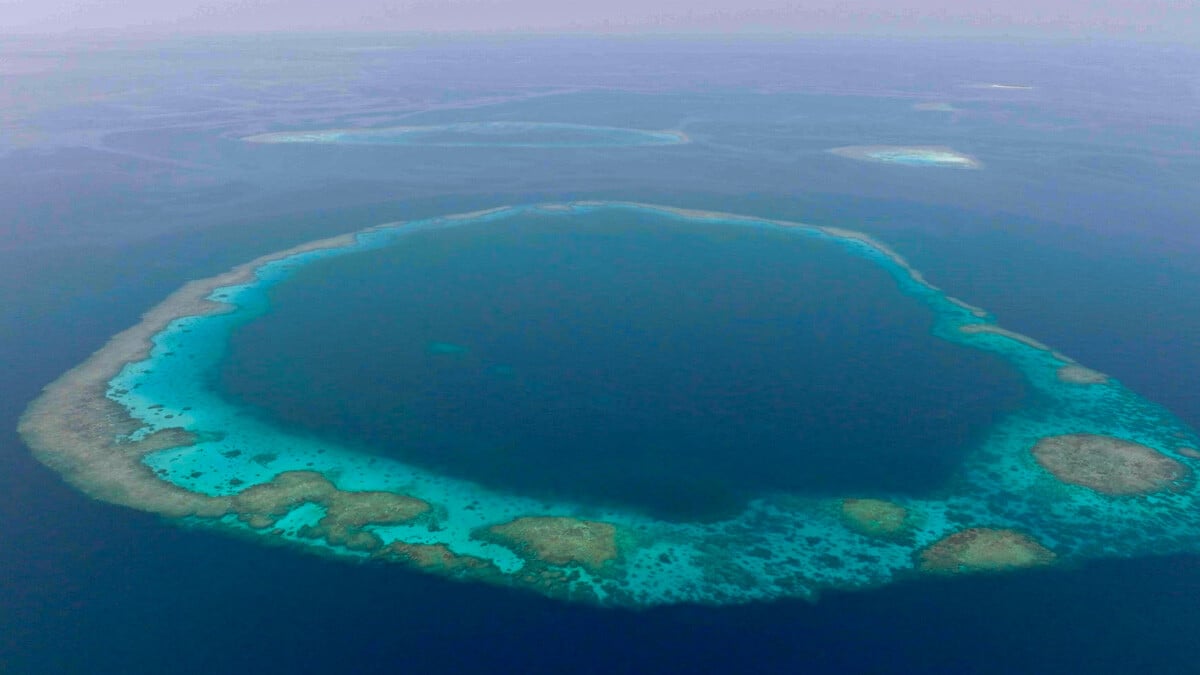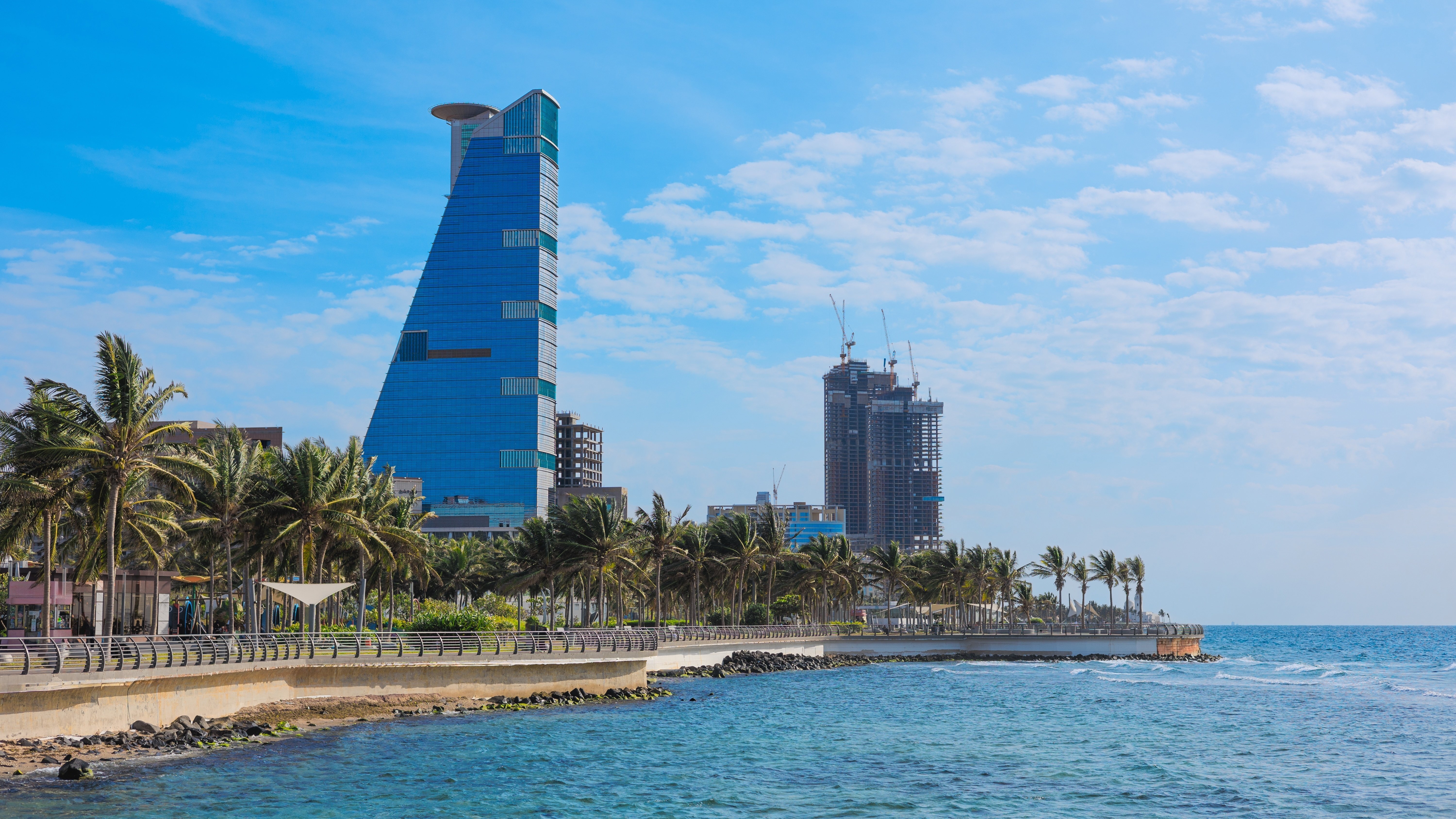Why is it Called The Red Sea?
To the west of Saudi Arabia lies one of its most naturally dazzling regions: the Red Sea. This stunning inlet of the Indian Ocean lies between the Asian and African continents and has long been a crossroads of commerce, history, and culture. With its milky azure waters and thriving coral reefs, this biodiverse stretch of water is primed to become a premier holiday destination—particularly the Red Sea archipelago currently under development by Red Sea Global.
But for all its fame and potential, one question continues to intrigue: Why is it called the Red Sea?
The earliest recorded name for the sea comes from the Greek term Erythra Thalassa, which translates to “Red Sea.” However, the Greeks may have borrowed this term from older local languages, such as Akkadian or Old Persian, where similar words described the region. In Latin, the sea was called Mare Rubrum, also meaning “Red Sea”, but some historians speculate that the term “red” was not a literal description but rather a symbolic or cultural reference.
Below, we explore four intriguing theories about why the Red Sea – whose waters are unmistakably bright blue – came to bear its colourful name.

Theory 1: The Reddish Algae
The most widely accepted explanation for the name “Red Sea” can be traced to simple marine biology. The Red Sea is one of the saltiest in the world, and its waters occasionally host blooms of Trichodesmium erythraeum, a type of algae known as "sea sawdust". While the algae appears green when alive, it takes on a reddish-brown hue as it decays, tinting the surface of the sea red under certain light conditions. These algal blooms are quite rare and only occur in warmer months when nutrient levels are high, but to ancient sailors, the phenomenon must have been particularly striking, if not mystical.
Theory 2: The Cardinal Directions Hypothesis
In many ancient cultures, colours were not merely aesthetic – they carried symbolic meanings and often represented the cardinal directions of north, east, south, and west. This practice was particularly prominent in Egyptian and Semitic traditions, where red symbolised the south, black the north, white the west, and green the east. Situated south of the Mediterranean, the Red Sea may have originally been named as a geographic marker reflecting this cultural convention. For ancient seafarers and traders, such colour-direction associations were essential for charting the course across vast and often featureless landscapes and seas.
Theory 3: Religious and Historical Significance
The Red Sea is deeply intertwined with Abrahamic faiths. In Islam, the Red Sea is linked to the story of Prophet Musa and the miraculous parting of its waters, as described in the Qur’an. It is possible that the name "Red Sea" originated in part from this sacred narrative, reflecting the profound spiritual and symbolic resonance it holds across cultures and religions. Other scholars suggest that ancient translations or linguistic shifts, particularly involving the Hebrew term Yam Suph, which can mean "Reed Sea" or “Sea of Reeds”, may have contributed to the name’s evolution.
Theory 4: Geological and Landscape Connections
Laying between Africa and Asia, the Red Sea is surrounded by sandy mountains and deserts rich in iron oxide, giving the terrain a reddish hue. These earthy tones are particularly striking during sunrise and sunset, when the light amplifies the red and golden shades, creating a dramatic contrast with the sea. Early settlers, traders, and sailors passing through this region might have named the sea after these prominent geological features, as the deep red terrain would have been a defining characteristic of the area.



